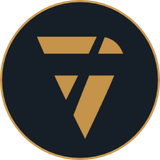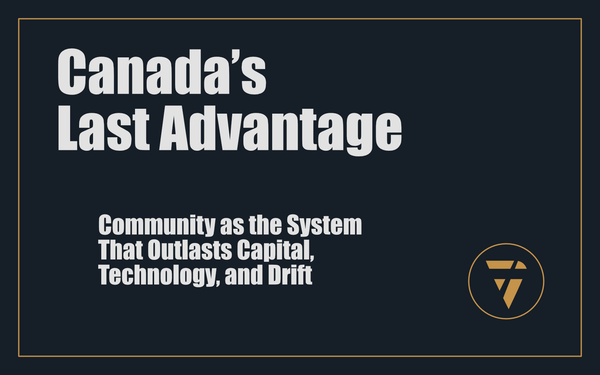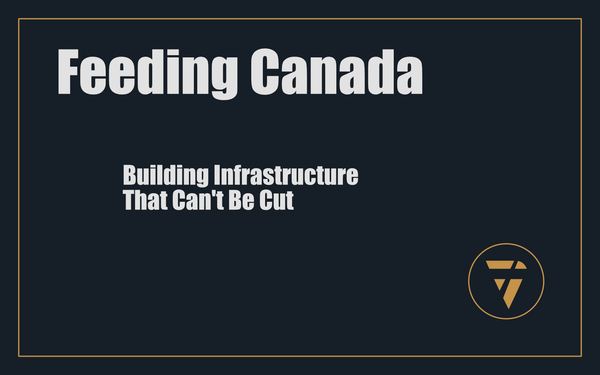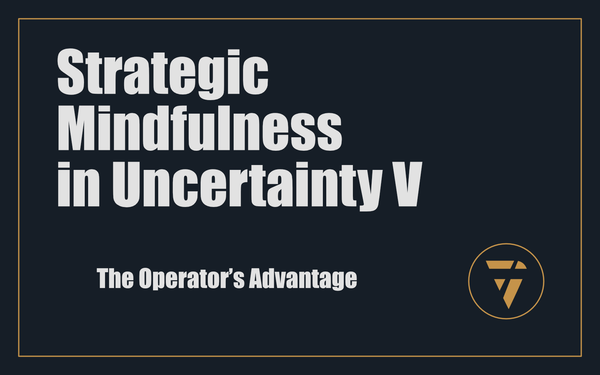Beyond the House
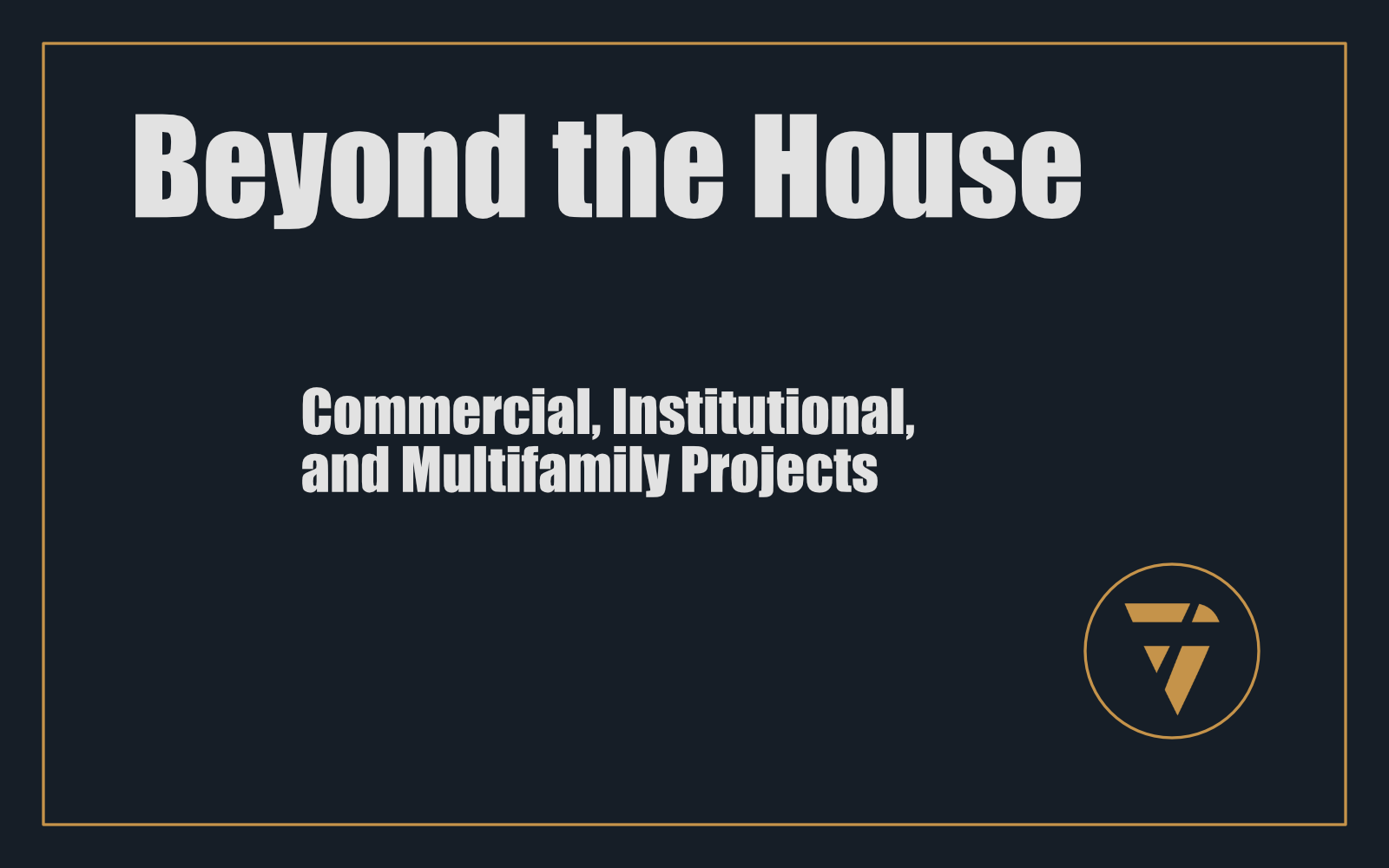
Commercial, Institutional, and Multifamily Projects
Say “Passive House,” and most people still picture a small detached home—a boutique residence, airtight and insulated, designed for comfort and energy savings.
That image is true. But it's incomplete.
Passive House is not a style. It's a performance standard. And a performance standard doesn’t stop at a front door. It applies everywhere—schools, offices, farms, factories, even cannabis facilities and wineries.
Every time you limit Passive House to “residential,” you shrink its potential. Every time you expand it, you see the truth: Passive House is a framework for all buildings.
Situation: A Narrow Label
In Canada, Passive House awareness has spread—but mostly as a “homeowner upgrade.” People see it as a smarter, greener alternative for single-family homes or townhouses.
That narrative is powerful. But it misses the larger prize. Because residential projects alone won’t deliver the scale Canada needs.
Commercial, institutional, and industrial buildings consume vast amounts of energy, and they last decades. If they aren’t Passive House, they become liabilities for generations.
Problem: The Blindspot That Slows Scaling
The “residential-only” mindset has consequences:
- Builders dismiss Passive House as niche, not relevant to their commercial portfolio.
- Policymakers fail to mandate standards for schools, hospitals, and public buildings.
- Developers miss financial opportunities in operational savings for multifamily projects.
The blindspot keeps Passive House boutique, instead of making it baseline.
Solution: Passive House Beyond the House
The reality is already here. Passive House has proven itself across building types:
1. Multifamily Housing
- Vancouver, Toronto, Hamilton: Dozens of Passive House apartment complexes are already occupied, delivering consistent comfort and drastically lower operating costs for tenants.
- This scales affordability: tenants in social housing gain not just shelter, but lower bills and healthier air.
2. Schools and Community Centres
- Clayton Community Centre, Surrey BC: 76,000 sq ft, 90% less energy. Proof at scale.
- Schools across Canada are now piloting Passive House to ensure comfort and performance for students while slashing long-term operating costs.
3. Offices and Commercial Spaces
- Office buildings certified to Passive House enjoy healthier air, better productivity, and lower energy costs—while employers gain ESG credibility with performance that is verifiable, not performative.
4. Farms and Food Production
- Cannabis facilities: Require precise climate control. Passive House envelopes slash HVAC loads, stabilise conditions, and cut operating costs in a high-margin, energy-intensive industry.
- Vertical farms and wineries: Sensitive crops demand stable indoor climates. Passive House provides airtight, insulated, zoned environments with efficient ventilation—ideal for production and storage.
5. Industrial and Institutional Projects
- From health centres to retrofitted government buildings, the standard proves resilient under varied uses. Wherever energy demand and comfort matter, Passive House applies.
This is not hypothetical. These projects exist in Canada today. They prove the standard scales across building types and uses.
Consequence: Opening the Broader Market
When Passive House is seen as “for houses only,” adoption is capped. When it’s recognised as universal performance architecture, markets open:
- Commercial Developers: Slash operating costs and future-proof assets.
- Institutional Clients: Deliver public buildings that cost less to run and serve better.
- Multifamily Builders: Increase value, reduce tenant bills, and gain policy incentives.
- Industry Leaders: Build facilities that stabilise climate control and lower energy intensity.
This is how Passive House moves from boutique to baseline. By expanding scope, it multiplies impact.
Why It Matters
Every new building is a 50–100 year decision. When you build fragile at scale, you embed inefficiency for generations. When you build to Passive House—whether a school, farm, office, or tower—you lock in resilience, savings, and health.
The label “house” is historical. The truth is architectural. Passive House is a universal design discipline.
Here’s your lever: stop calling Passive House “residential.” Start calling it what it is: the most rigorous, proven building standard in the world—for every building type. The bigger the project, the bigger the impact.
This is what I’m working on. Tell me what you think, I enjoy the conversation! Subscribe and follow the work in real time.
Thanks!
B

Passive House isn’t just for homes.
It’s a standard—for every building.
Schools. Offices. Farms. Towers.
Even cannabis facilities and wineries.
The bigger the project, the bigger the impact.
PS -

